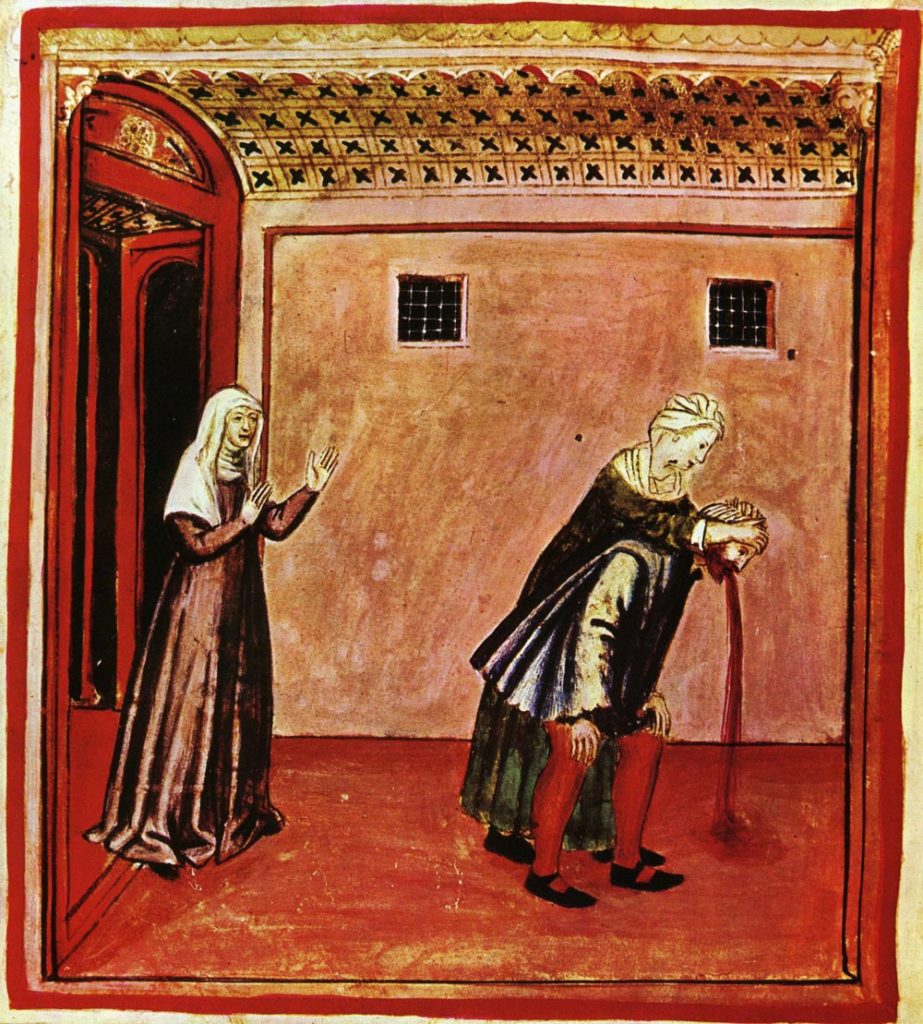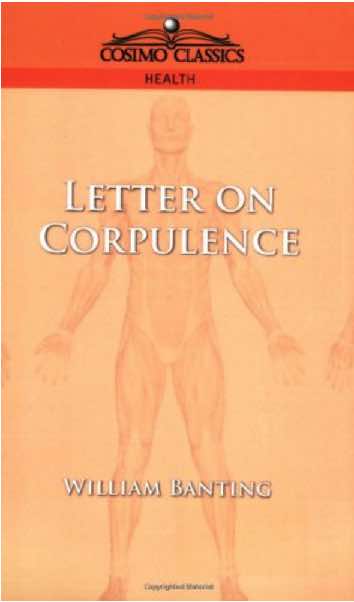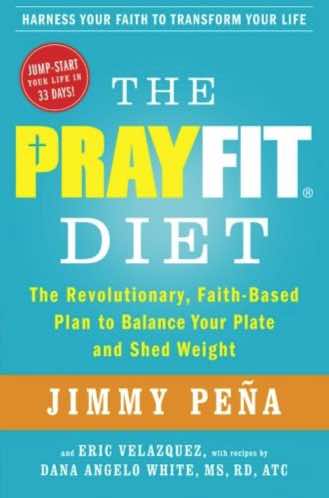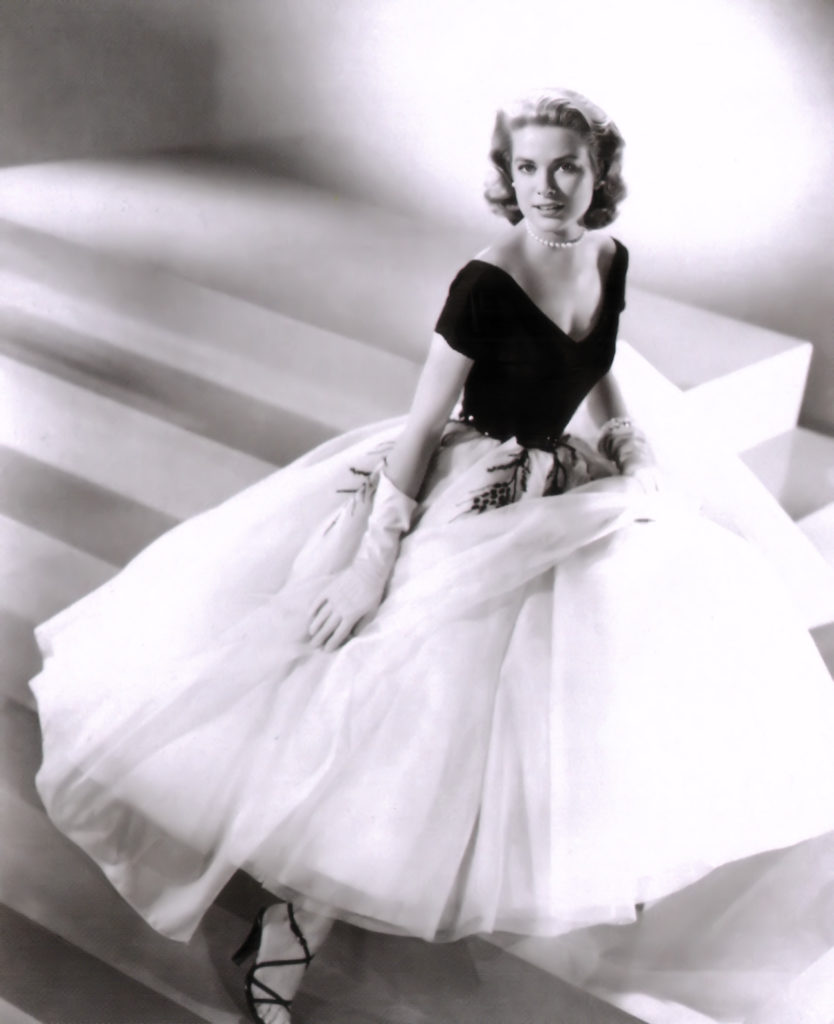They tell us we should learn from history. But is that true for dieting as well?
In this post, I’ll show you the top 9 most popular fad diets in history.
These things are what our grandparents, and ancient ancestors, tried in order to get a slim and good-looking body. And the last one is popular right now!
Hippocrates’ Vomiting Diet
Around 400 BC, the famous Greek physician Hippocrates (considered as the father of modern medicine) created a diet that would survive for 2000 years.
It was a 4-week crash diet intended to help patients quickly lose weight. Key points to follow were:
- Long daily walks (or jogging if you preferred that).
- Daily vomiting. This would create balance between the “fluids” in the body.
- Only drink water with vinegar.
- Only eat “soft” foods that were easy to swallow. Vegetables should be consumed in large quantities, but sauces should be avoided.

Luigi Cornaro’s 350-Grams-of-Food-per-Day Diet
Probably the first diet guru in history, Luigi Cornaro lived in Italy in the 16th century. As a young man he lived a very unhealthy life, and at the age of 40, he had become extremely obese.
But with the help of a doctor, he lost a lot of weight and later developed a diet that was designed to help people live a long and healthy life. Signor Cornaro himself lived to be 98, which was a remarkably old age in those days. Maybe he knew what he was talking about?
The two things you had to do were:
- Only eat 350 grams of food per day. Meat, bread, soup, and egg white were allowed.
- Not to drink more than half a bottle of wine (per day).
It sure sounds like an easy way to get rid of excess weight, and maybe that’s why it became so popular. The book in which he explained his ideas, Discorsi della vita sobria, became a best seller in Europe, and was reprinted over and over again.
George Cheyne’s Vegetarian Diet
George Cheyne was a physician that lived in England in the 1700s. He had become obese by eating too much meat (at least that’s what he thought).
To lose weight, he started avoiding all kinds of meat, and instead ate a lot of vegetables and root vegetables. A rather simple method, but apparently it worked, because he had many followers at the time.
His ideas about vegetarianism were provocative and unconventional at the time, and critics nicknamed him Dr Diet. I guess it was meant as an insult, but in today’s world, that would have been the perfect nickname for any diet expert!

Lord Byron’s Crazy Diet
George Gordon Byron (1788-1824) – more known as Lord Byron – wasn’t just a famous English poet but he was also a big celebrity.
According to himself, Lord Byron had a tendency to very easily gain a lot of weight. Because he was so concerned about his good looks and appearance, he started to eat very little, and very different.
This is what he did, in order to lose weight:
- Wore multiple layers of thick wool clothing in the hope of sweating away excess pounds.
- Periodically only consumed biscuits and soda water, or potatoes soaked in vinegar.
- Smoked cigars to suppress hunger cravings.
- Regularly vomited (as Hippocrates prescribed).
This crazy diet (or should I call it anorexia?) apparently did the trick, because he lost 31 kg. Bad news is that he died at the age of 36, probably because of his unhealthy living.
So please folks, don’t try this at home!
Fletcherism: The Chewing Diet
The first really popular American diet was launched in 1906 by Horace Fletcher (“The great masticator”).
His idea, called Fletcherism, was that you should chew the food very very thoroughly. Soft food should be chewed 100 times, and coarse food up to 700 times, before swallowing.
All this chewing brought two advantages:
- You could eat whatever you wanted, because the body would absorb just the right amount of nutrition (thanks to saliva and food being thoroughly mixed).
- Because it took so long time to eat, you would eat smaller portions.
Fletcherism became very popular and had many followers. It was even tried by the British military in an effort to reduce expenses but to no success. The generals realized that soldiers needed more calories than they would have time to consume.
William Banting’s Diet
William Banting was an obese English undertaker that hit rock bottom when he couldn’t tie his shoes any longer. With the help of a physician, he managed to lose weight and improve health.
In 1863, Banting published a thin book, called Letter on Corpulence, Addressed to the Public, where he explained how he did it. It became a huge hit, and is still being sold (150 years later!).

He followed a strict diet that consisted of meat, vegetables, fruit, and dry white wine. And he was completely focused on avoiding beer, sugar, starch, milk and butter.
In essence, William Banting’s method was all about limiting the amount of carbohydrates. It’s been a source of inspiration for many modern low-carb diets, including the Scarsdale diet.
The God Diet
If you can’t lose weight by yourself, you can ask God for help. That was the idea that Presbyterian minister Charlie W Shedd launched in 1957 in his book Pray Your Weight Away.
In a later book, he wrote that fat person are the only ones that can weigh their sins. The thought goes back to early Christian beliefs that gluttony is a deadly sin. Sounds like a nice guy, huh?!
In the 1960s and 70s, a whole range of similar books was published. And it didn’t stop there. This book was published in 2014:

Gayelord Hauser’s Celebrity Diet
Benjamin Gayelord Hauser was an American nutritionist that helped celebrities and movie stars stay slim in the 1930s. Greta Garbo, and Grace Kelly were just a couple of his many superstar clients.
Sugar and flour were forbidden. And so was the use of appetite-suppressing drugs, which were common in Hollywood in those days.
His recommended menu for a normal day looked like this:
- Breakfast: Fruit or fruit juice.
- Lunch: Raw food salad.
- Dinner: Grilled meat (never fried), or fish.
Exercise was also important. Long walks and dancing were his recommended activities.

The Paleo Diet
The Paleo diet (also known as the Stone-Age diet) was first developed during the 1970s, but was later popularized by Loren Cordain’s book The Paleo Diet in 2002.
The main idea is that we humans should eat the kind of food our bodies are biologically best adapted to. And that kind of food is what we ate before we settled and started to farm the land. It’s what we ate when we were hunter-gatherers.
The Paleo menu consists of meat, fish, vegetables, fruits, berries, nuts, and root vegetables. Milk, butter, and other dairy products are excluded from the diet menu. Just as rice, oats, and other grain.



